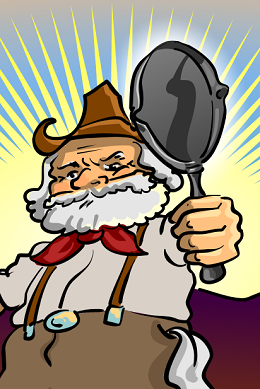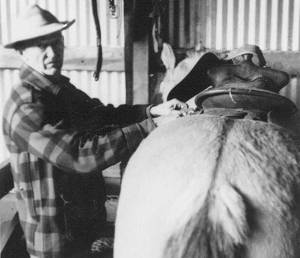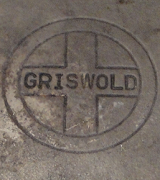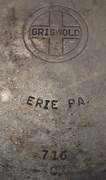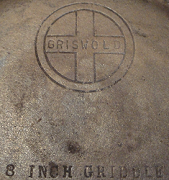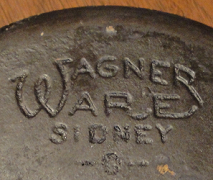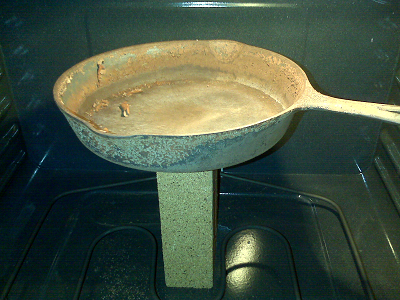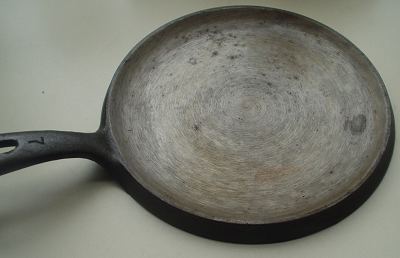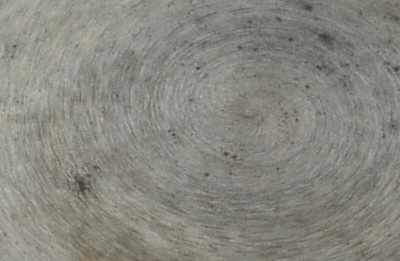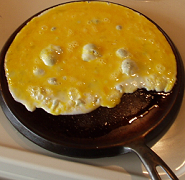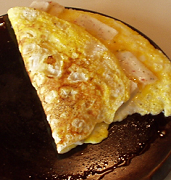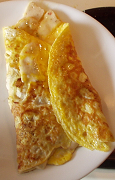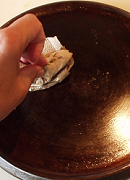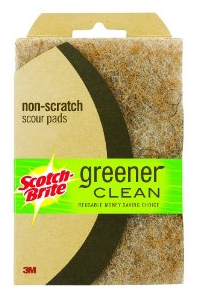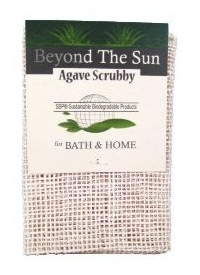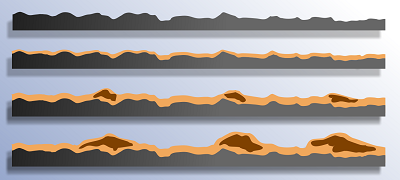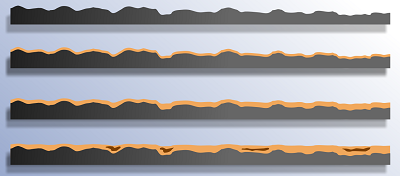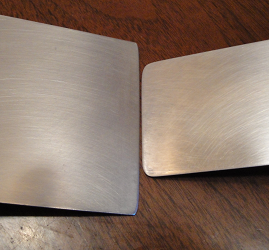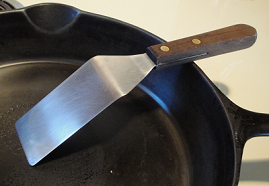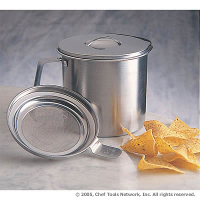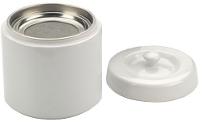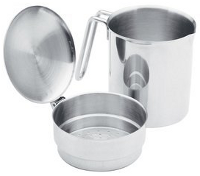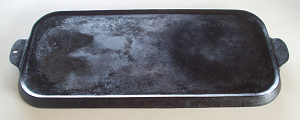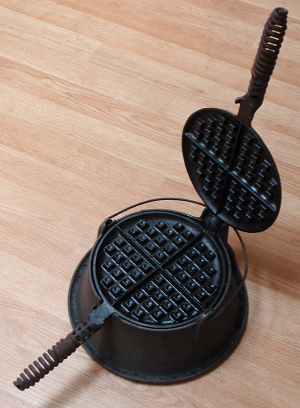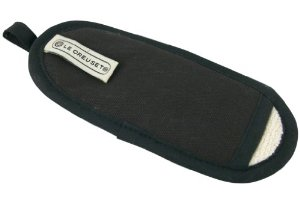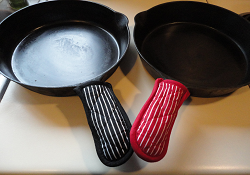"Seasoning" cast iron is the act of creating a hard layer of petrified oil/grease on cast iron or steel. Maintaining a good cast iron seasoning is the most important aspect of keeping stuff from sticking to cast iron cookware. Each time you cook with oil/grease and don't have to scrub the cookware afterward, you probably add another layer. Scrubbing, scratching or soaking the cookware in water probably removes many layers. Some layers of cast iron seasoning are better than others. What makes better layers probably has to do with what kind of oil/grease was used, what temperature created the layer and how thick the oil/grease was when it was put on. A well seasoned cast iron skillet will have dozens of very thin, very hard layers. So many that the cast iron skillet will appear to be black instead of the silvery gray of the raw cast iron.
I think the best way to season a cast iron skillet is to use it. In the beginning, you might use a little more oil/grease than you would normally use - just to make sure that you don't have to scrub afterward. Once you have some seasoning layers built up, you can use less oil/grease. That's it! All of your cast iron seasoning needs are taken care of by just simply using the cast iron cookware.
And most folks are gonna be unsatisfied with that.
Most folks believe that "seasoning" cast iron means that you put some oil/grease on the cookware and bake it. Cast iron seasoning recipes include varying temperatures from 100 degrees to 550 degrees. And processes from an hour to several days!
Okay, okay, okay .... to please the masses that need some sort of oven based ritual .... If I was gonna try this sort of bake style seasoning again, I would:
- Put on a thin coat of oil/grease all over the cast iron skillet. Inside and outside.
- Put foil under the skillet to catch any dripping oil.
- Turn your fan on, because this is gonna smoke!
- Bake at 400 degrees for 15 minutes.
- Wipe out as much grease as you can with a paper towel.
- Bake for another 45 minutes, then turn the oven off, leaving the door closed.
- After an hour or more, remove from oven.
The nice thing about the oven approach is that you get a layer of seasoning all over the cast iron skillet all at once.
I became a bit obsessed with understanding this stuff and was getting more confused by the minute until this fella Alan straightened me out in a forum: "What you want is a layer of heavily polymerized fat which typically includes a fair bit of carbon black bound up with it." So it is polymerized fat which is hard and slick. The carbon is the black stuff. A couple of chemistry savvy friends explained to me that "polymerized" means that the substance re-arranged its molecules to be in a different state (I hope I have that right). In this case, slick liquid oil becomes slick, rock hard solid oil. Apparently, this is very similar to how paint works.
This is the beginning of my education. It turns out that there are an infinite number of kinds of seasoning layers. It depends on the type of oil, the quantity of oil, the temperature, the duration of the heat. Some have lots of carbon, some not so much. Some make a glassy layer and some make a "sticky" layer that turns squirmy slick when heated. Some stick to the cast iron skillet better than others.
The oil/grease will often go through a sticky phase before becoming a seasoning layer. If you have too much oil/grease, you might never get past the sticky phase! The moral of the story is that thin layers are best.
I once tried to do a thick seasoning layer. It came right off as gross black stuff all over my food.
One time I watched a fella seasoning a commercial steel griddle by patiently pushing some oil around the hot surface. In the beginning, it started to get yellow blotches. By the time it started to get brown blotches, the fella started to make pancakes. The more pancakes he made, the more seasoned the surface became. I think variations of this are the best approaches.
If you bought used cast iron, chances are that it is already seasoned with years of hearty use. You probably don't need to
worry about seasoning it.
An interesting thing about seasoning: It is usually quite mottled, or spotty, or spider-web-ish. Once in a long while I can get one consistent/contiguous/plain layer - but I have yet to be able to repeat it when I want to. I wish I knew the secret here.
|
I bought this little cast iron skillet brand spanking new. It was gray. I did not season it in an oven. All I did was start using it. And I took pictures. This first picture is after using it two or three times. You can see how some layers of oil are darker than others. And mottled.
|
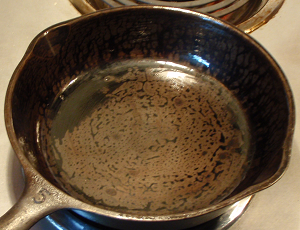
|
|
A little more use. See how the seasoning coloring is starting to get darker overall.
|
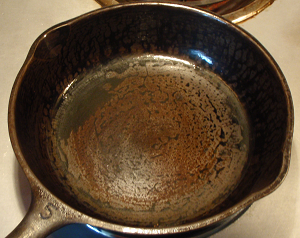
|
|
Still more. After this it will have so many seasoning layers it will just look black.
|
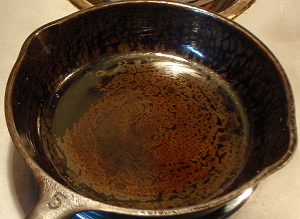
|
|
A close up so you can see how some layers are more mottled than others and some layers are blacker than others.
|
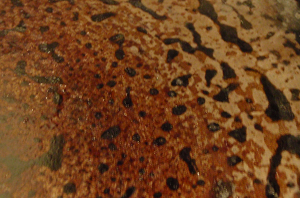
|
I feel really comfortable with my current philosophies on seasoning cast iron. While back a blogger named Sheryl contacted me and appears to have embraced my stuff and taken it a bit further. Here is the discussion in the forums about cast iron: polymerizing oils and a better seasoning and here is her related blog entry chemistry of cast iron. I have to admit that I'm having a hard time getting it all to fit in my head. I would really like to have more discussion of it, and ... well .... you know ... try to get it in my head!
